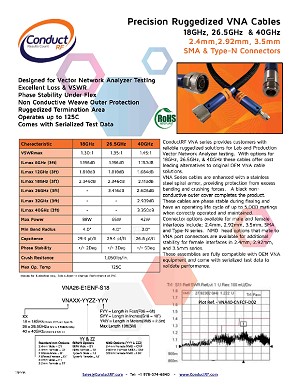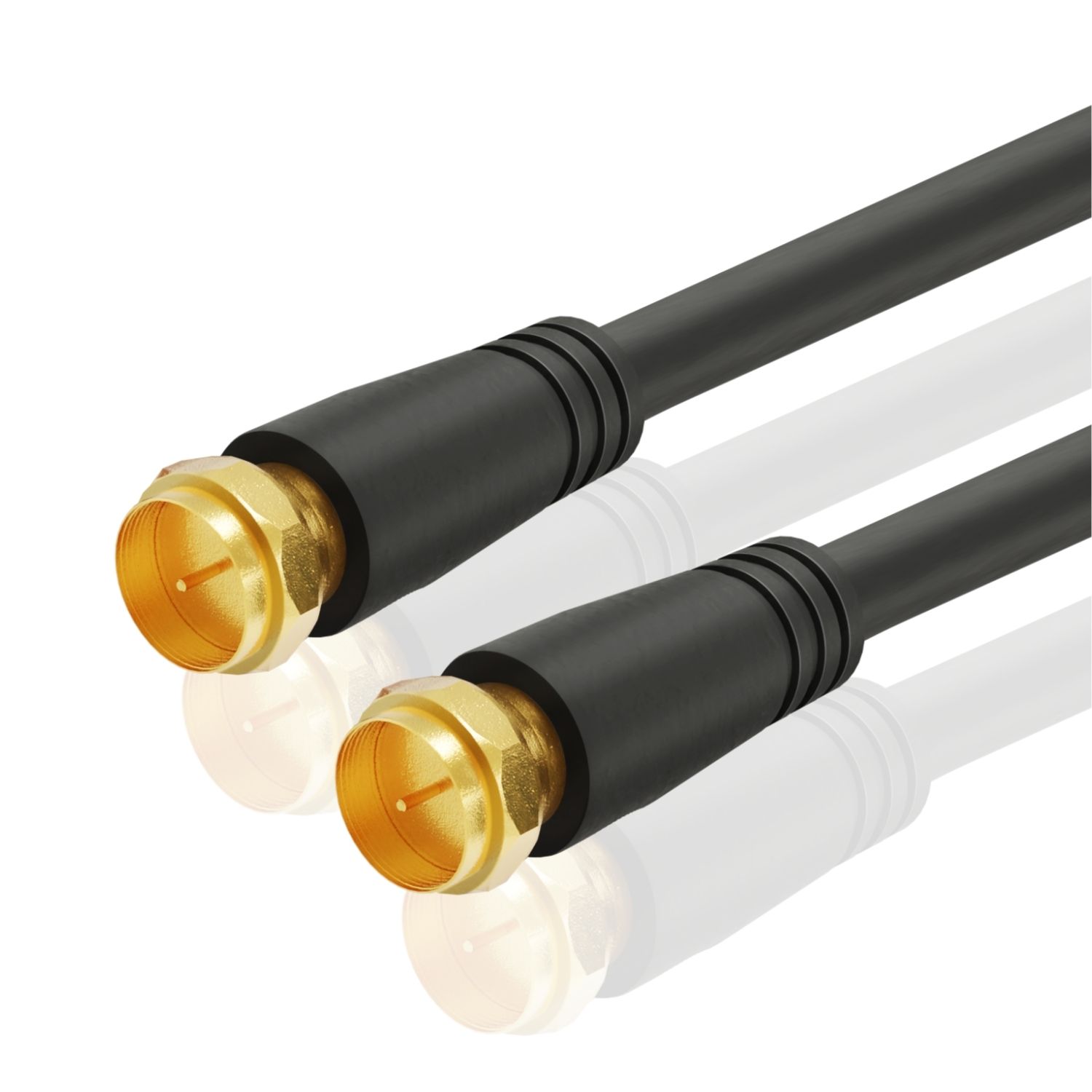

These devices need high frequency (HF) signals for enhanced audio and video output, thereby requiring a unique cable wire for transmitting these signals.

Nowadays, all audio and video electronics devices are benefitting from advancements in cable wires. Apart from this, cable assemblies should be wisely selected as different cables are designed and manufactured to cater to the current flow requirement of various electrical and electronic systems. Printed circuit boards (PCBs) are used in the assembly of electronic gadgets that have inbuilt internal track paths for proper current flow in the circuit. An electrical system works seamlessly only when its overall wiring and elements are working properly. In case of any fault, even in a single wire, the entire system will stop functioning. And all of this has been possible because of the different and continuous development in cables and connectors.Īn electrical system will function efficiently and smoothly if the wiring has been done correctly. Keep in mind that there are also "Reverse-Thread" and "Reverse-Polarity / Reverse-Thread" Connectors, but that's a discussion for another day!!! Shop Our Coax Cables, Adapters, and Connectors! Need a custom cable? Click here to build your own.The electronics industry has been growing steadily over the last few years. I hope the descriptions and images have helped you understand the differences between the connector type, polarity, and gender. (UHF Female: SO-239) socket with threads outside (UHF Male: PL-259) pin with threads inside

The following table identifies for you the various types of connectors commonly used, and their genders: Connector Type A standard polarity plug (male) has a pin, whereas a reverse polarity plug (male) has a socket.A standard polarity jack (female) has a socket, whereas a reverse polarity jack (female) has a pin.

A "reverse polarity" male plug has a socket in the middle designed to receive the pin from the female connector, and the plug’s shell has threads on the inside. Here we have shown an RPSMA-Male plug, typically found on the end of a coaxial cable that connects to products such as a 900 MHz ISM modem, 2.4/5 GHz 802.11 WiFI / WLAN radios or access points.Shown here is a RPSMA-Female jack, typically found on such products as a 900 MHz ISM modem, 2.4/5 GHz 802.11 WiFI / WLAN radios or access points. A "reverse polarity" female jack has a center pin that sticks out from the middle, and the jack’s shell has threads on the outside.Here we have shown an SMA plug, typically found on the end of a coaxial cable that connects to products such as a 3G/4G/LTE cellular gateway or a GPS receiver. A standard polarity male plug has a center pin that sticks out from the middle, and the plug’s shell has threads on the inside.A standard polarity female jack has a socket in the middle designed to receive the pin from the male plug, and the jack’s shell has threads on the outside. Here we have shown an SMA jack, typically found on devices such as a 3G/4G/LTE cellular gateway or a GPS receiver.The shell of a plug (male) typically covers the shell of a jack (female).Typically, standard RF jacks are female, and the threads are on the outside of the shell.Typically, standard RF plugs are male, and the threads are on the inside of the shell.For example, the plug and jack should both be standard polarity, or both must be reverse polarity. When mating a plug and a jack, it is important to ensure that both connectors have the same polarity.When trying to identify male and female connectors keep in mind the following: Most people can tell the difference between the "standard" connector types, but many people, ourselves included, find it difficult to identify the gender of reverse polarity connectors? Here we will do our best to help you identify the difference between male and female connectors in terms of their polarity-standard or reverse (RP). There are many different types of connectors out there, including Type-N, UHF (aka PL-259 / SO-239) TNC, RPTNC, BNC, SMA & RPSMA. Over the years, we've had many customers come to us looking to clarify RF connector types when they are specifying and purchasing RF coaxial cable assemblies. RFMAX Brand Bulk Coaxial Cables (Comparable specs to LMR195, LMR240 & LMR400)īrowse All Cables, Connectors, and Adapters RFID Antenna Cable (Comparable to LMR195 & LMR240)įor Dell Latitude Gamber Johnson Stationsįor Panasonic Toughbook Gamber Johnson Stationsīuild Your Own Cable Assembly (195, 240, 400 Type Low Loss Cable) VHF No Ground Plane (NGP) | 132 to 174 MHz


 0 kommentar(er)
0 kommentar(er)
